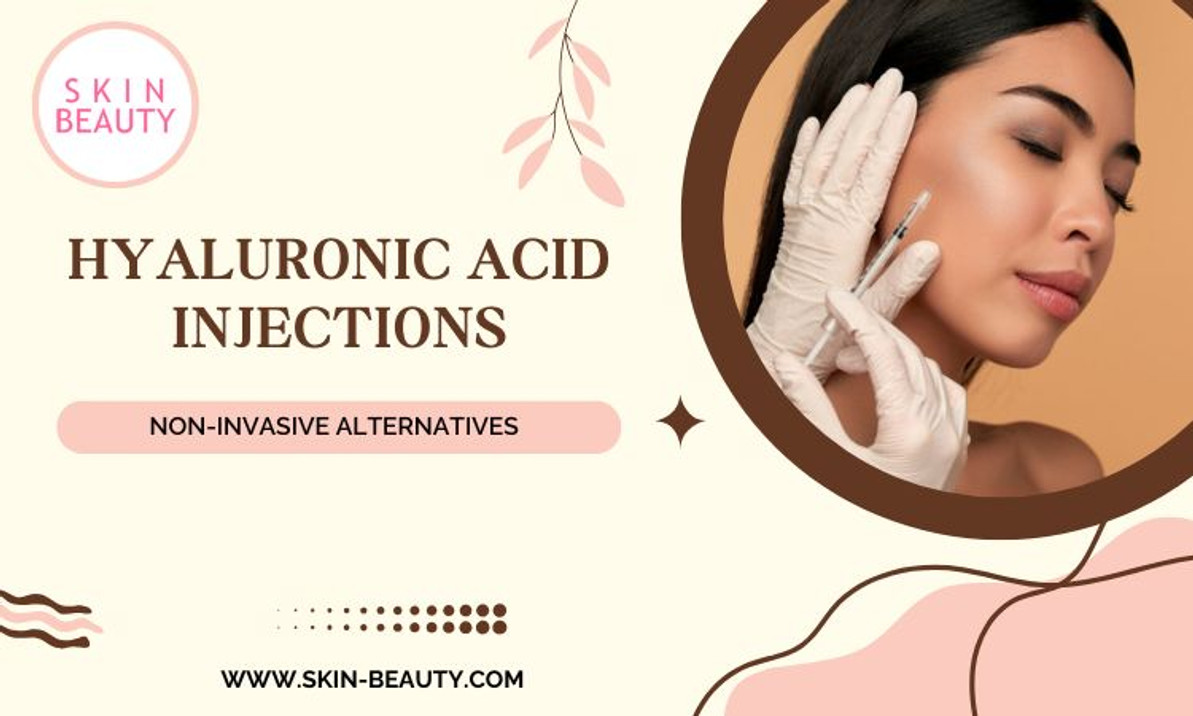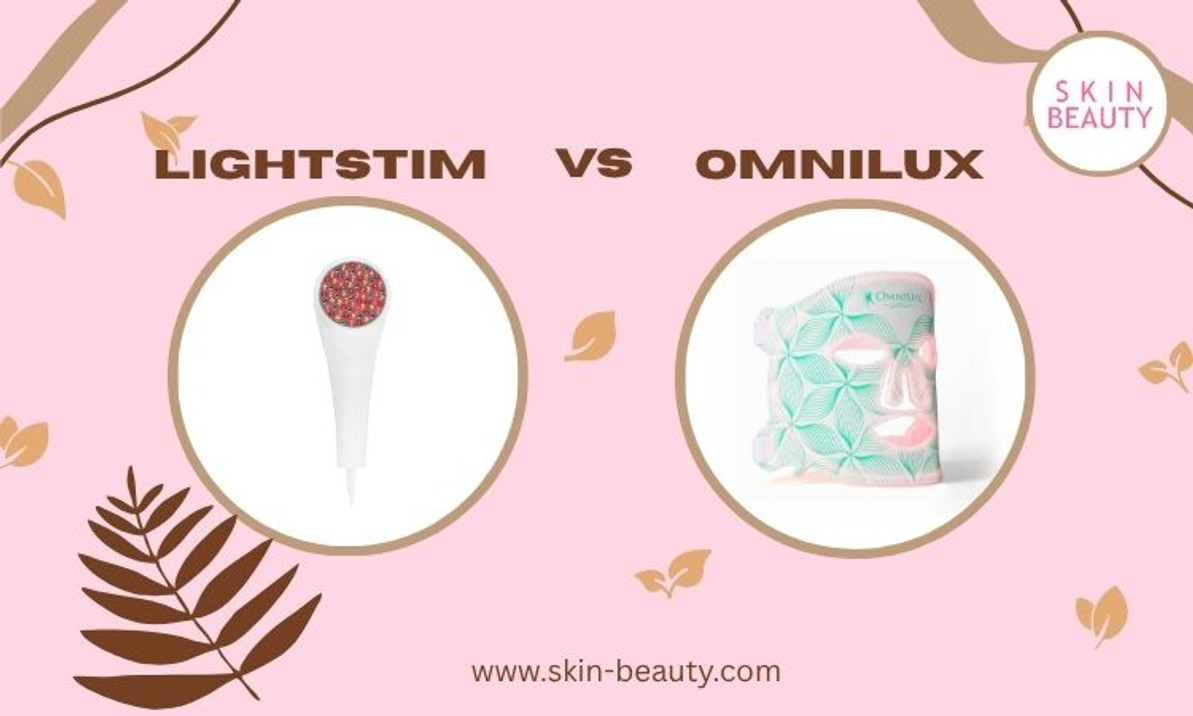What is a salt facial?
Oddly enough, salt is not just for your kitchen. Though it brings flavors to life when you cook with it, there is now another widespread trending use: sea salt facials! You might be thinking, why would I put salt on my face? But this facial is so much more than that! First off, the treatment does not use everyday table salt. Instead, sea salt helps cleanse pores profoundly and balance oil production and bacteria that can cause breakouts and acne. Sea salt facials are a new popular treatment typically done in a three-step process. Sea salt has many skin benefits and can help reduce the effects of hyperpigmentation caused by sun damage. This article will deep dive into the process and after-effects of a sea salt facial!
Sea salt skin benefits
Salt isn't high up on the list when you think of beauty ingredients. Seaweed? Sure. But salt? It sounds a bit boring. Even though it's not the most famous of ingredients (despite its seemingly lousy rep in the food and health industry), salt has many benefits for our skin, hair, and body. Epsom salts have been used in bathtubs for years to reduce pain and swelling, aid digestion, promote sleep, and reduce stress. Sea salt is not just for your dinner table; it's an ingredient found in many beauty products. Since ancient times, people have been using sea salt from body scrubs, and bath soaks to masks because of its healing properties on the skin. The most common misconception about this mineral is that dryness will always come along with it—but no more worries there, thanks to how much magnesium or calcium sea salt contains (both essential ingredients when trying to prevent psoriasis). What's impressive, though, isn't only what these minerals do regarding purity - they help hold moisture deep within pores. In addition, natural sea salts contain several electrolytes that are essential for healthy cell activity. Salts are absorbed through the skin's cell wall, stimulate anti-inflammatory reactions, and replenish lost minerals lost during our everyday routines. Cosmetically, this reduces swelling, wrinkles, and other signs of aging.
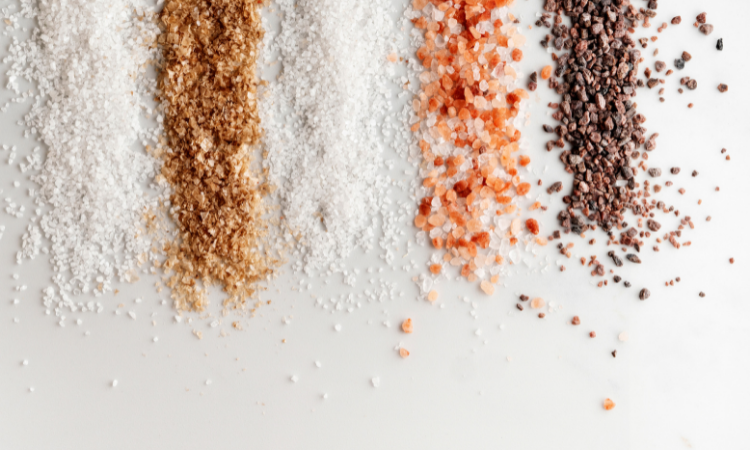
What is a sea salt facial?
A sea salt facial is typically done in a three-step process though the treatment will vary depending on your esthetician.
The first step of a salt facial is designed to restore your skin's natural beauty using pure, organic sea salt. Then, positive-pressure flow technology (a spa-specific device) delivers the salt to the skin for resurfacing without trauma or post-treatment redness, leaving the skin fresh and glowing.
The second step of a salt facial uses ultrasound technology (HIFU) to nourish the skin and increase circulation. It replenishes nutrients and antioxidants and enhances results when used with topical treatments that are stem cell-based.
The last step of a sea salt facial uses high-powered LED phototherapy (a spa device that stimulates collagen) to rejuvenate the skin and improve circulation creating an instant skin glow.
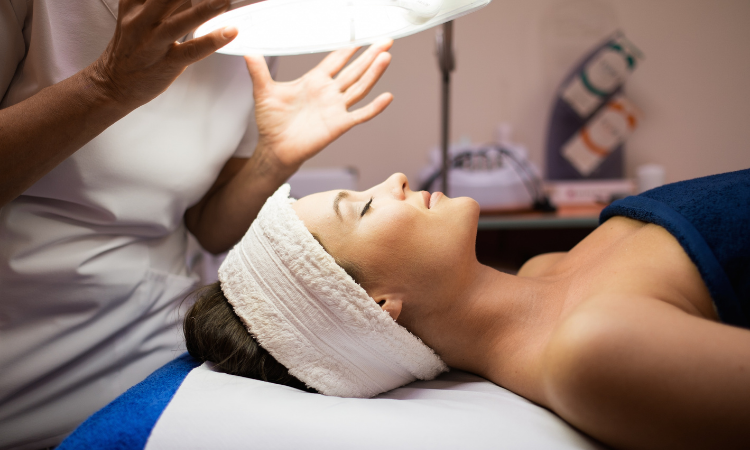
How to prepare for a salt facial
Before getting a salt facial, it's essential to stop using any isotretinoin products six months prior, avoid excess sun exposure three days earlier, and do not use any harsh skincare products or exfoliant treatments up to two days earlier.
Who can benefit from a sea salt facial?
Anyone can benefit from a salt facial. It's a safe treatment for all skin types and can be used to treat multiple skin concerns, including acne, stretch marks, scarring, and sun damage. In addition, the salt facial is typically a pain-free treatment.
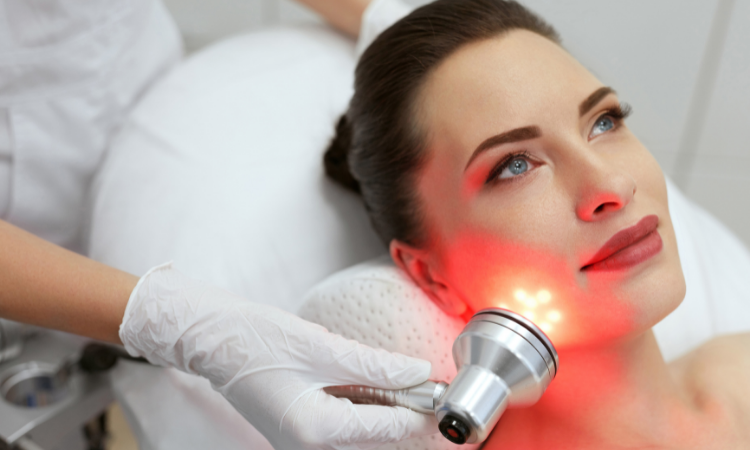
Are there side effects from a salt facial?
A salt facial is safe for all skin types and tones with little to no downtime. For example, you may experience dry or flaking skin, redness or pinkness, and possible stinging around sensitive areas near the eyes. Any side effects should lessen after 24-48 hours. A salt facial is typically a pain-free treatment. However, some patients notice stinging in areas where the skin is thinner or more sensitive, like the forehead or near the eyes.
How much does a salt facial cost?
A salt facial costs anywhere from $200 to $300. The actual price is dependent upon location, dermatologist, and length and involvement of the treatment.
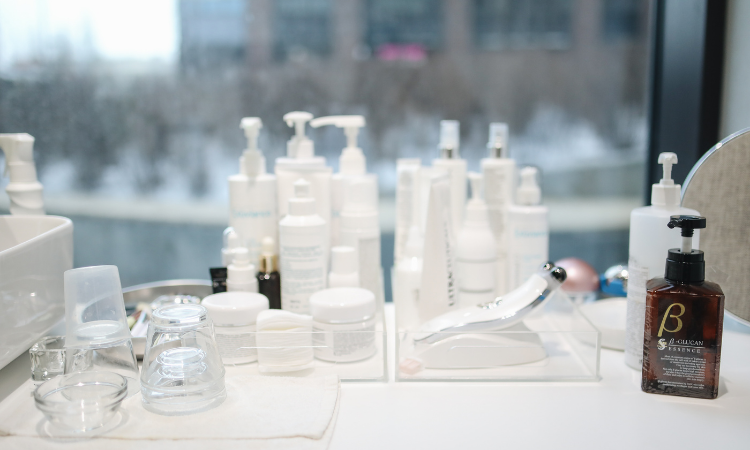
Aftercare for a salt facial
- Avoid applying makeup until the next day, AM and PM.
- Instead, cleanse the treated area with a gentle, non-drying cleanser.
- Do not rub the skin.
- Apply a light moisturizer to keep skin hydrated and comfortable. Keep any scabbed areas lightly covered with an occlusive barrier gel or ointment to encourage healing. The thin scabs will slough off on their own in a few days (if any.)
- DO not pick at or peel your skin. Doing so may cause permanent damage and potential scarring or discoloration in the area.
- Apply and re-apply SPF 30+ throughout the daytime. Wear a hat or visor, even on cloudy days when going outdoors.
- Do not use Retin-A, retinol, glycolic, or beta-hydroxy acid products for five days post-treatment.
- Resume regular skincare routine as directed by your esthetician.
Recent Posts
-
Hyaluronic Acid Injections
Hyaluronic Acid Injections: What to Know & Non-Invasive Alternatives That Actually Work In the p …Jun 17th 2025 -
Kojic Acid Creams
My Kojic Acid Journey: How One Ingredient Transformed My Skin (And the Best Kojic Acid Creams to Try …Jun 11th 2025 -
LightStim vs. Omnilux
LightStim vs. Omnilux: My Real LED Skincare Results & Which One I Recommend LED light therapy&nb …Jun 3rd 2025


